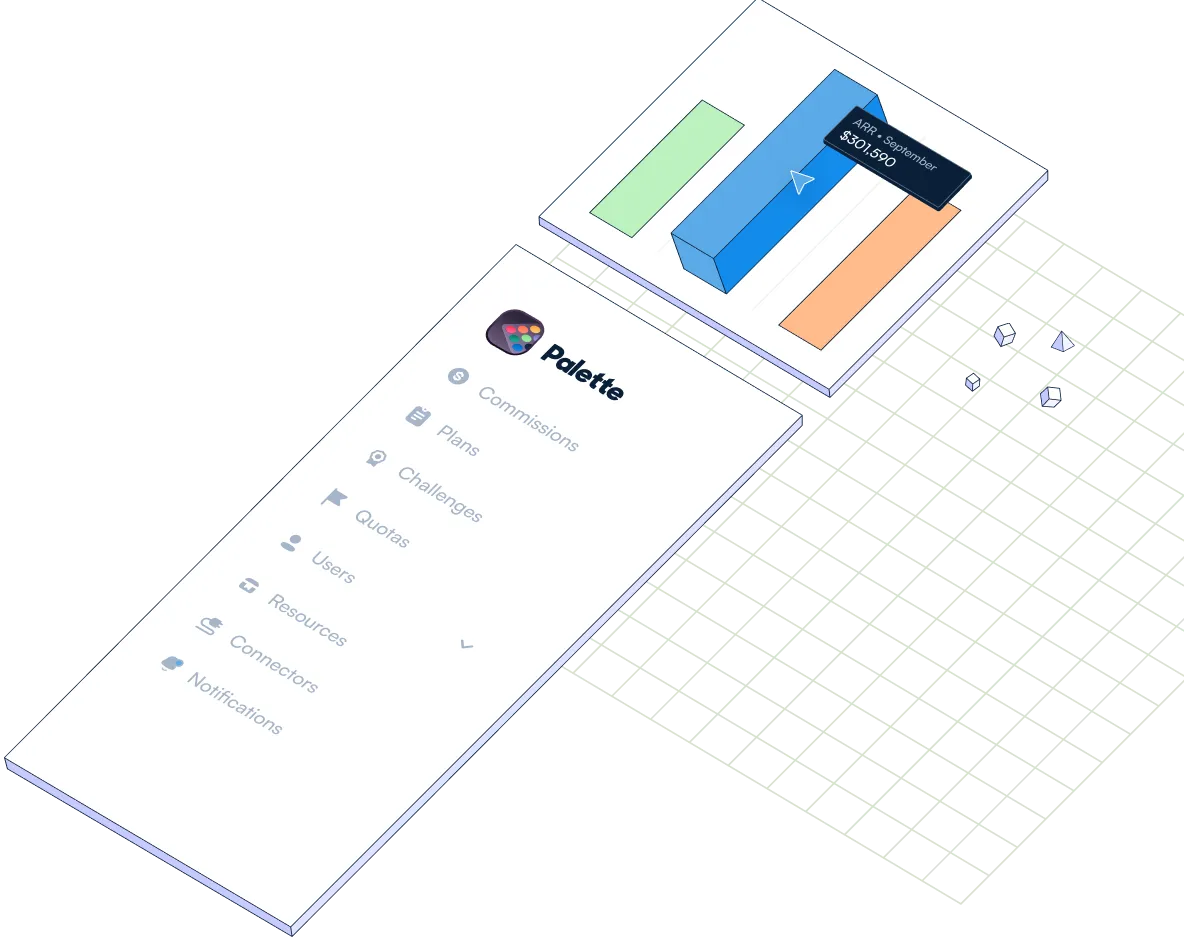Data Warehouses for Small Businesses
Data warehouses aren't limited to large enterprises. Small businesses also have much to gain from data warehouses. While some data warehouse solutions are geared towards enterprise-level organizations with large-scale data and complex analytics needs, there are also options available specifically designed to cater to the requirements and budgets of smaller companies.
Cloud-based data warehouse solutions have played a significant role in making data warehousing accessible to businesses of all sizes. These solutions offer scalability, flexibility, and pay-as-you-go pricing models, which are advantageous for small companies that may not have the resources or infrastructure to manage an on-premises data warehouse.
Many data warehouse vendors, including Snowflake, Amazon Redshift, and Google BigQuery, have pricing plans and offerings that cater to small and mid-sized businesses (SMBs). They provide entry-level packages and flexible pricing tiers that can accommodate the data volumes and analytical needs of smaller companies.
Furthermore, these data warehouse solutions often provide user-friendly interfaces, intuitive query languages (such as SQL), and integrations with popular analytics and visualization tools, making them accessible to users with varying levels of technical expertise.
What can smaller companies use data warehouses for?
Smaller companies can utilize data warehouses for a range of purposes, including but not limited to:
1. Centralized Data Storage: Data warehouses allow small companies to consolidate data from various sources into a single, unified location. This facilitates easier data management and analysis.
2. Business Intelligence and Reporting: Data warehouses enable companies to generate reports, dashboards, and visualizations to gain insights into their business performance, customer behavior, and operational metrics.
3. Data Analysis and Decision Making: With a data warehouse, small companies can perform in-depth data analysis, run complex queries, and uncover patterns and trends to make data-driven decisions.
4. Advanced Analytics and Machine Learning: Data warehouses provide a foundation for advanced analytics, including predictive modeling, machine learning, and AI algorithms. This empowers small companies to leverage advanced analytics techniques to gain a competitive edge.
5. Data Sharing and Collaboration: Data warehouses can support data sharing and collaboration among teams and departments within a company. They can also enable secure data sharing with external partners or clients.
It's important to note that the specific data warehouse solution and its suitability for a small company would depend on factors such as the company's data volume, analytical requirements, budget, and IT infrastructure. Evaluating different options and considering the specific needs of the business will help identify the most suitable data warehouse solution for small companies.
Data Warehouse Scenarios for Small Businesses
As an example, let’s consider a 200-person company with $15 million in annual revenue. How would we implement a data warehouse for a small business like this? While specific resource requirements can vary depending on factors such as data volume, complexity of analytics, and desired scalability, here's a rough estimate of what the implementation might entail:
1. Infrastructure: For a cloud-based data warehouse solution, such as Snowflake, Amazon Redshift, or Google BigQuery, you would need to consider the cloud infrastructure costs. This includes computing resources, storage, network bandwidth, and data transfer costs. As a rough estimate, a small business with moderate data volumes might allocate a budget of $10,000 to $30,000 per month for infrastructure resources.
2. Data Engineering: Building and maintaining a data warehouse requires data engineering expertise. Depending on the complexity of the data sources, data transformations, and integration requirements, you might need to allocate resources for data engineering tasks. This could include hiring or contracting data engineers or leveraging existing internal resources. As a rough estimate, budgeting around $100,000 to $200,000 per year for data engineering resources would be reasonable.
3. Implementation and Configuration: Implementing a data warehouse involves activities like setting up the data warehouse environment, configuring data ingestion pipelines, creating schemas, and defining data models. The effort required for implementation can vary based on the specific solution chosen and the complexity of the data sources. Allocating a budget of approximately $50,000 to $100,000 for implementation and configuration efforts would be a rough estimate.
4. Analytics and Visualization: Once the data warehouse is implemented, resources are needed for analytics and visualization purposes. This includes data analysts, business intelligence tools, and dashboarding solutions. The resources required here would depend on the desired level of reporting and analytics sophistication. Budgeting around $100,000 to $200,000 per year for analytics and visualization resources could be a starting point.
5. Ongoing Maintenance and Support: It's important to consider ongoing maintenance, monitoring, and support for the data warehouse environment. This involves tasks like performance optimization, security management, backups, and handling system updates. Allocating a budget of approximately $50,000 to $100,000 per year for ongoing maintenance and support would be a rough estimate.
These are all rough approximations and can vary significantly based on the specific needs, complexity, and growth plans of the business. It's recommended to conduct a thorough analysis, consult with experts, and obtain accurate quotes from vendors or service providers to determine the precise resource requirements and associated costs for implementing a data warehouse for your specific business. However, hopefully this guide provides a starting point for things to consider when putting together a plan.
Now, let’s consider another scenario; a small business with a $100K total budget for data warehouse. At this budget level, it would probably be challenging to implement and maintain an enterprise grade, comprehensive solution from scratch. There are alternative approaches and solutions, though.
1. Cloud-Based Data Warehousing as a Service: Instead of building and maintaining a custom data warehouse infrastructure, consider leveraging cloud-based data warehousing services such as Snowflake, Amazon Redshift, or Google BigQuery. These services offer scalable and managed solutions where you pay for the resources you use. With careful resource optimization and cost management, you can potentially fit within a $100,000 annual budget. It's important to carefully estimate the data volume, query patterns, and usage to align with the budget constraints.
2. Data Lake with Analytics: Rather than a traditional data warehouse, consider implementing a data lake architecture combined with analytics tools. A data lake allows you to store and process raw and unstructured data without strict schema requirements. Tools like Apache Hadoop, Apache Spark, or cloud-based offerings like Amazon S3 and AWS Glue can be used to build a cost-effective data lake. You can then leverage analytics tools like Apache Hive, Apache Pig, or cloud-based services like AWS Athena or Google BigQuery for query and analysis. This approach provides flexibility and cost savings, as you pay for storage and compute resources only when needed.
3. Hybrid Approach: Consider adopting a hybrid approach by combining cloud-based data warehousing services with open-source technologies. For example, you can leverage a cloud-based data warehouse for structured and business-critical data, while using open-source technologies like Apache Kafka, Apache Flink, or Apache Druid for real-time streaming and analytics. This approach allows you to manage costs effectively by utilizing cost-efficient open-source solutions for specific use cases while leveraging the scalability and performance benefits of a cloud-based data warehouse for other needs.
4. Data Warehouse as a Service (DWaaS): Explore options for Data Warehouse as a Service offerings, which provide fully managed and scalable data warehousing solutions at a predictable cost. These services often include infrastructure, data management, security, and analytics capabilities, allowing you to focus on data analysis rather than infrastructure maintenance. Some DWaaS providers might offer cost-effective plans within your budget, though you should carefully evaluate their pricing models and feature sets.
The first step here is to conduct a thorough analysis of your specific requirements, data volume, query patterns, and growth plans while considering these alternatives. You’ll definitely want to consult with vendors, service providers, or data professionals who can provide guidance on cost-effective solutions that align with your budget constraints.
Why Palette?
Automate calculations
Automate sales commission payments. Create commission rules, define a payout schedule and access monthly statements for each sales rep.
Motivate and coach with real time dashboards
Motivate sales professionals with real-time visibility into commissions. Coach your team, align everybody with company goals and drive long term sales performance.
Compare, simulate and design commission plans
Roll out new commission plans with ease. Compare plans and simulate new rules with a single click.
No more errors
Palette keeps history logs and tracks every calculation detail, helping you to reduce sales commission errors.
Reconcile revenue with CRM data
With Palette you can reconcile invoices and payments with CRM data and pay commissions to your reps only when the money is in the bank.
Create challenges with one click
Incentivize your teams on short term goals. Create a challenge targeting any KPI you want to uplift, drive better results and boost your company’s culture.

Loved by teams and companies you know

















Ready to try
Palette?
